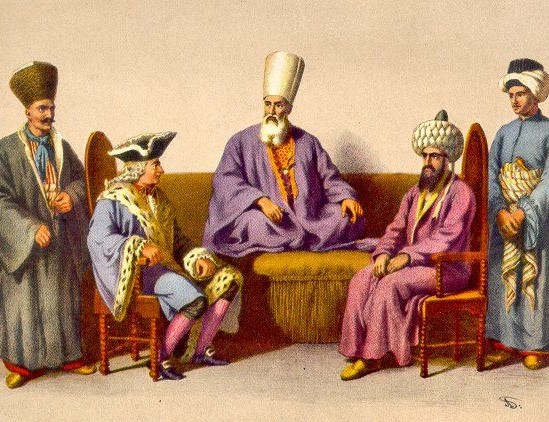It isn’t easy to imagine the multilingual world of the 21st century without translators. We are surrounded by information in everyday life that has been translated for us: news, instructions, favorite foreign novels, and movies. The latest events from the life of the royal family of Great Britain, a vacuum cleaner manual, bestsellers “Game of Thrones” and “Harry Potter” -behind it are people who have chosen translation as their profession.
“JIT-Academy” found out how, when, and where the profession of “translator” arose.
The first translators appeared in ancient times so that tribes could communicate with each other. At first, only interpreting existed, and then written translation appeared. The growing popularity of this profession was inevitable due to the need to support cultural and diplomatic relations between different ethnic groups and nations.
The first mention of a translation is said to date from around 3000 BC. In ancient Egypt, interpreters, and later translators, helped conduct trade with the neighboring country of Nubia. Dragomans (from Arabic tarjuman – interpreter) translators at diplomatic missions and consulates of Eastern countries also accompanied trade caravans.
At the same time, the Assyrian emperor Sargon spread his agenda, translating it into several languages. The emperor also boasted of his victories, seeking to intimidate his neighbors.
And the legendary city of Babylon became the center of polyglots, where they translated into several languages. It was in Babylon that the first bilingual (Sumerian-Akkadian) and multilingual (Sumerian-Akkadian-Huritian-Ugaritic) dictionaries were created.
Alexander the Great employed translators from Persian and Indian languages during his military campaign against these countries. The Romans actively used translators during the Punic Wars with Carthage.
The history of European translation, as it is known, began in 280 BC with the translation of some passages of the Holy Scriptures. There is also a legend that in 250 BC, in the Egyptian city of Alexandria, which belonged to the great Greek Empire, the local leaders of the Jewish community decided to translate the Old Testament from Hebrew into the ancient Greek language they spoke. Seventy-two translators worked separately for 70 days, and when they met, they saw that their translations were completely identical. This translation was symbolically called “Septuagint” – “seventy” in Latin. The work on the translation of the Septuagint actually lasted several hundred years, and a vast number of different translators worked on the translation.
A significant contribution to the development of translation, in particular, was made by the ancient Roman statesman and philosopher Cicero, who translated the speeches of famous Greek speakers into Latin. Cicero became famous for his principle of the so-called generalized (sense-to-sense) translation, which conveyed the main essence of the text in contrast to the literal (word-for-word) principle of the Septuagint translators.
Literary works began to be actively translated in the Middle Ages. Hieronymus, a Christian theologian and writer, was one of the most popular translators of that time. His translation of the Bible into Latin is still official for the Roman Catholic Church. In 1991, the International Federation of Translators decided to commemorate Hieronymus every year on September 30. On this day, the world celebrates the International Day of Translators, and Hieronymus is considered their patron.

 Українська
Українська Русский
Русский




















 Анна викладає англійську вже три роки, працюючи з учнями різних вікових категорій на індивідуальних та групових заняттях. Здобувши ступінь бакалавра з психології у Львівському національному університеті, Анна завжди прагне знайти індивідуальний підхід до кожного студента, мотивуючи і допомагаючи їм справлятися з труднощами. Вдосконаливши своє знання англійської мови в Великобританії, важливим аспектом в своїй роботі вважає обмін викладацьким досвідом з носіями мови.
Анна викладає англійську вже три роки, працюючи з учнями різних вікових категорій на індивідуальних та групових заняттях. Здобувши ступінь бакалавра з психології у Львівському національному університеті, Анна завжди прагне знайти індивідуальний підхід до кожного студента, мотивуючи і допомагаючи їм справлятися з труднощами. Вдосконаливши своє знання англійської мови в Великобританії, важливим аспектом в своїй роботі вважає обмін викладацьким досвідом з носіями мови.